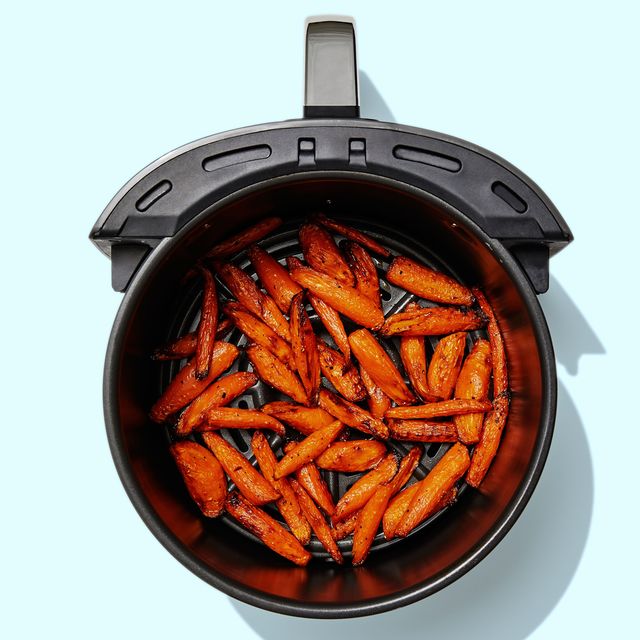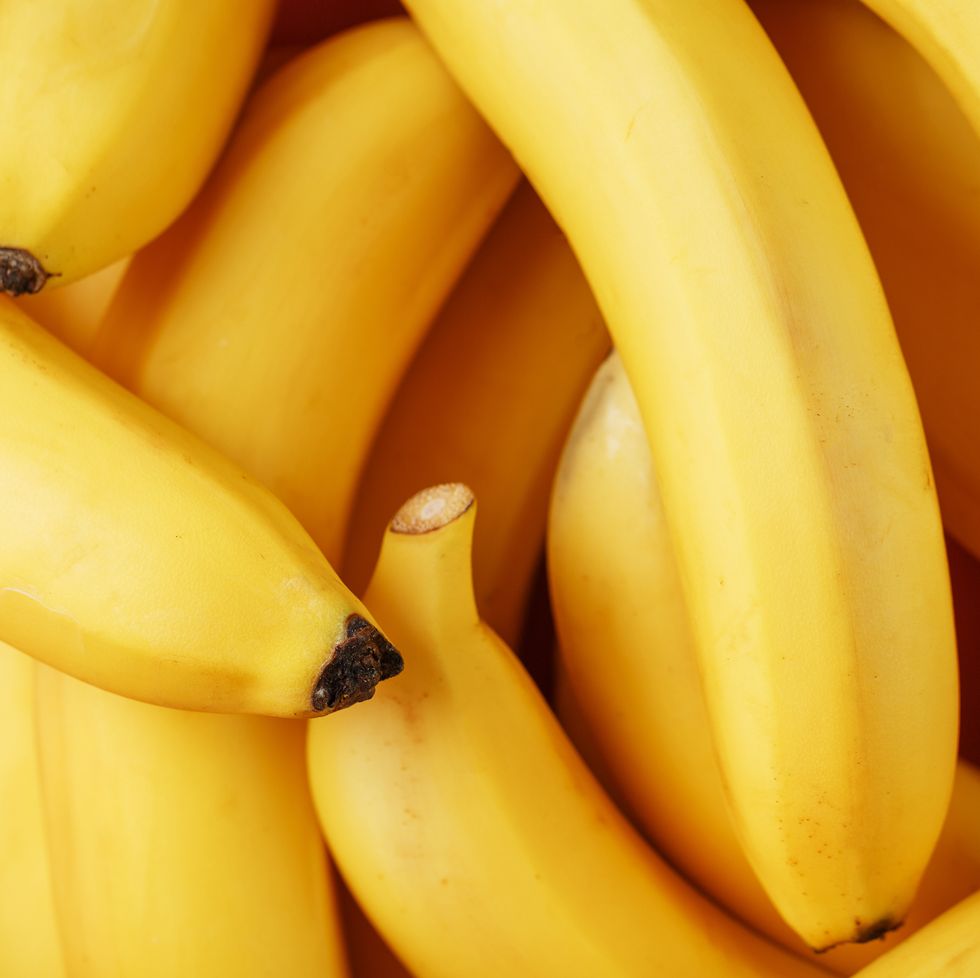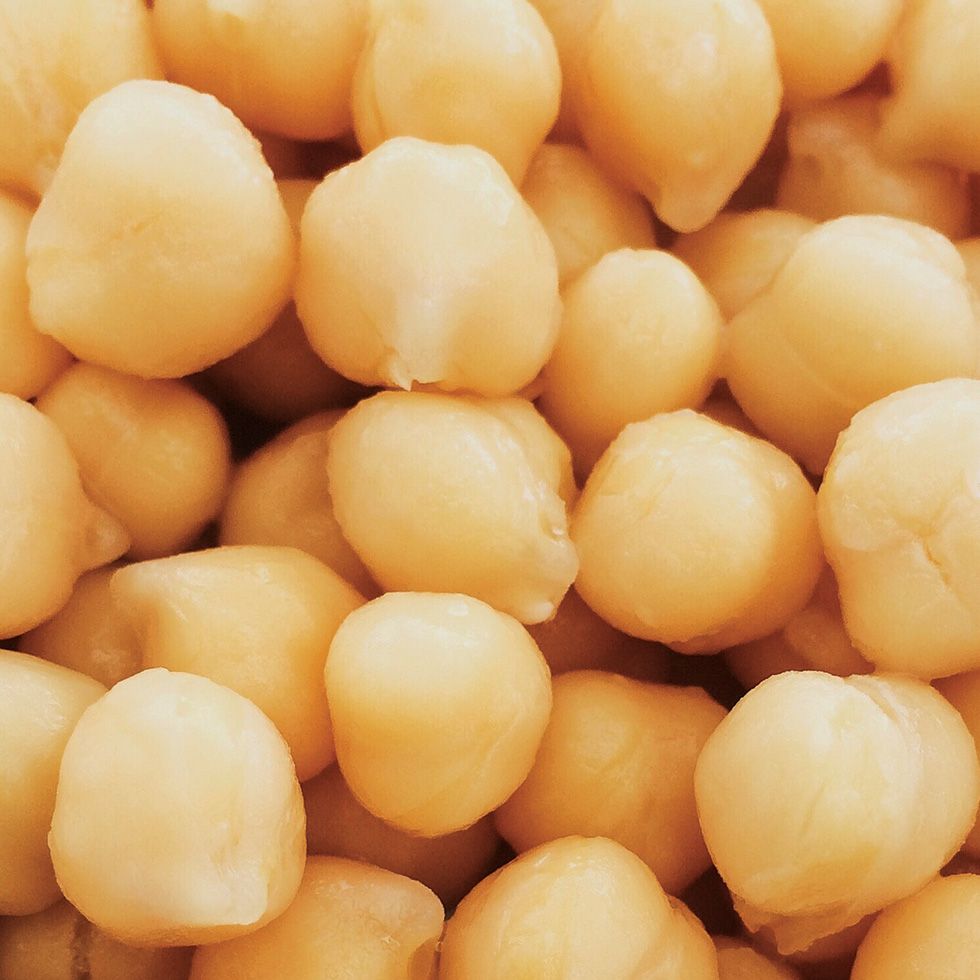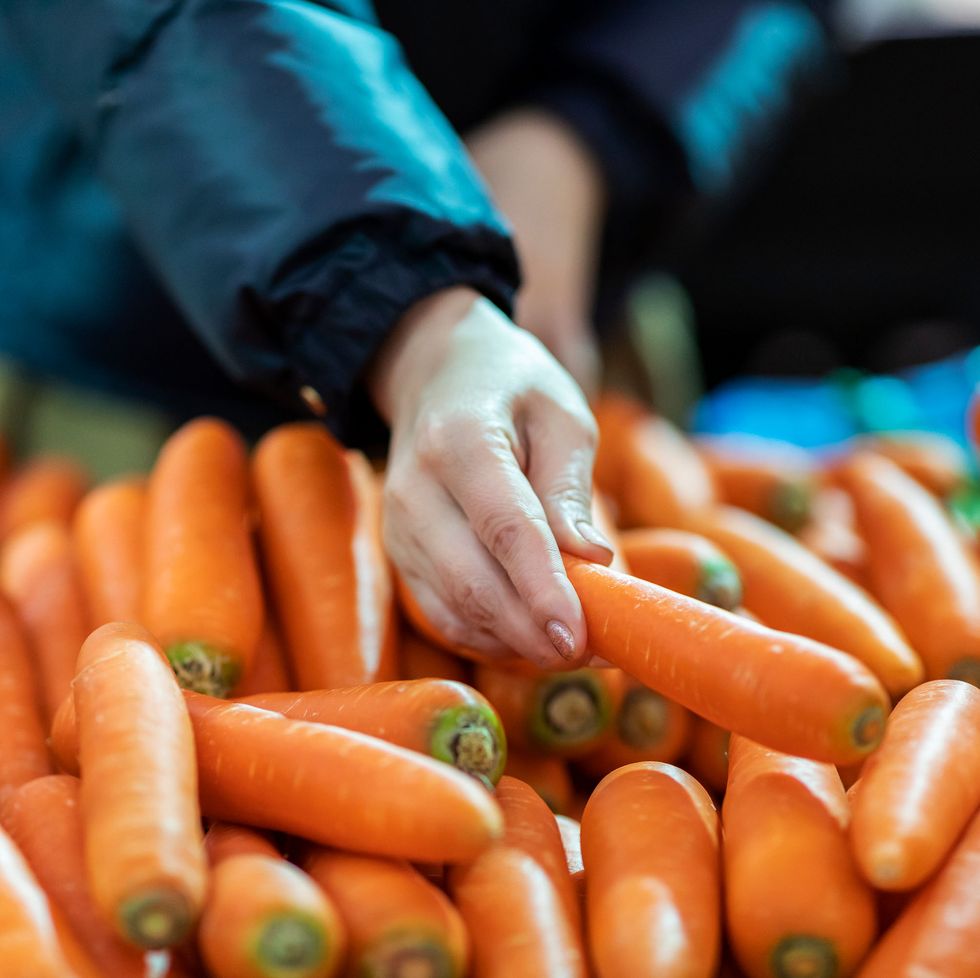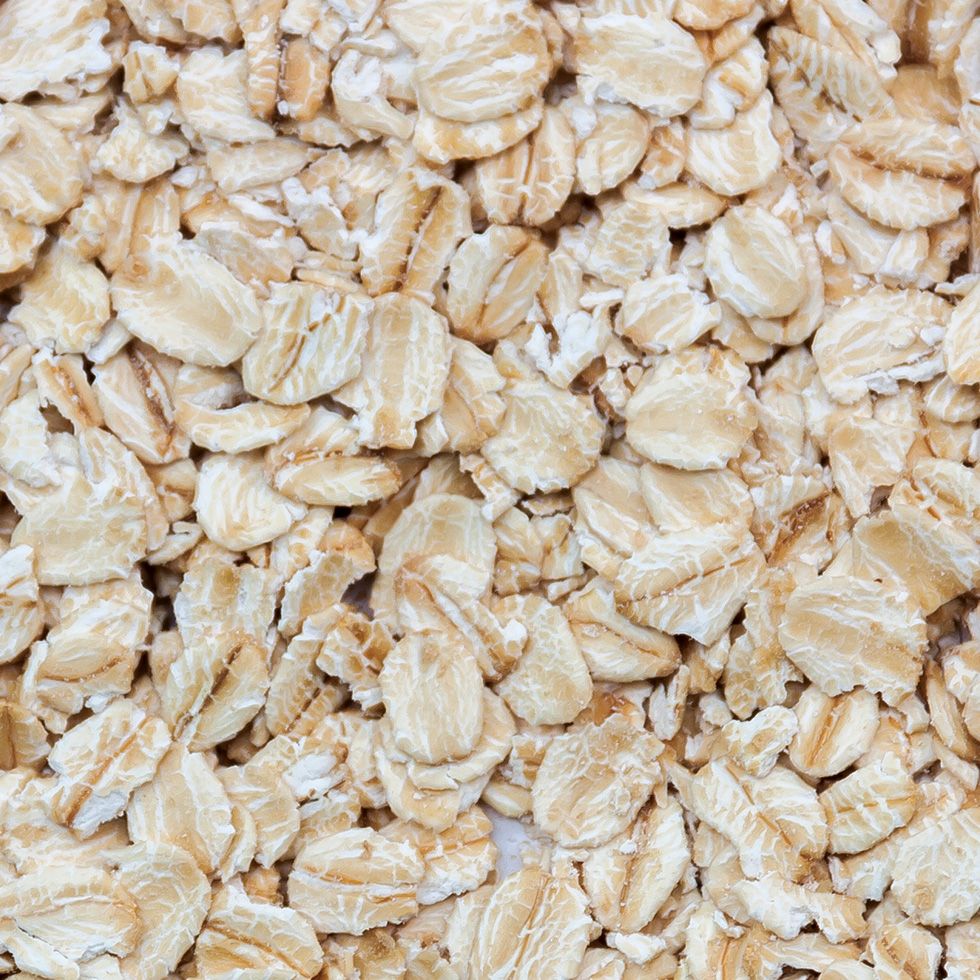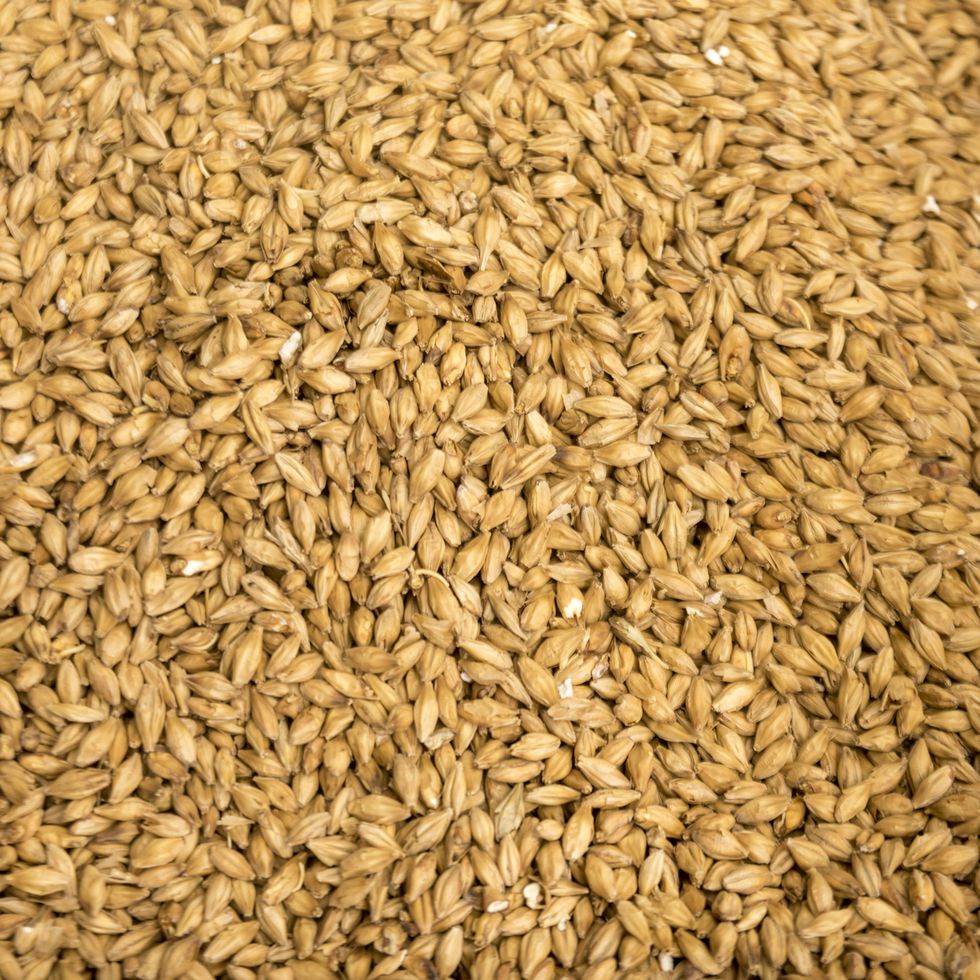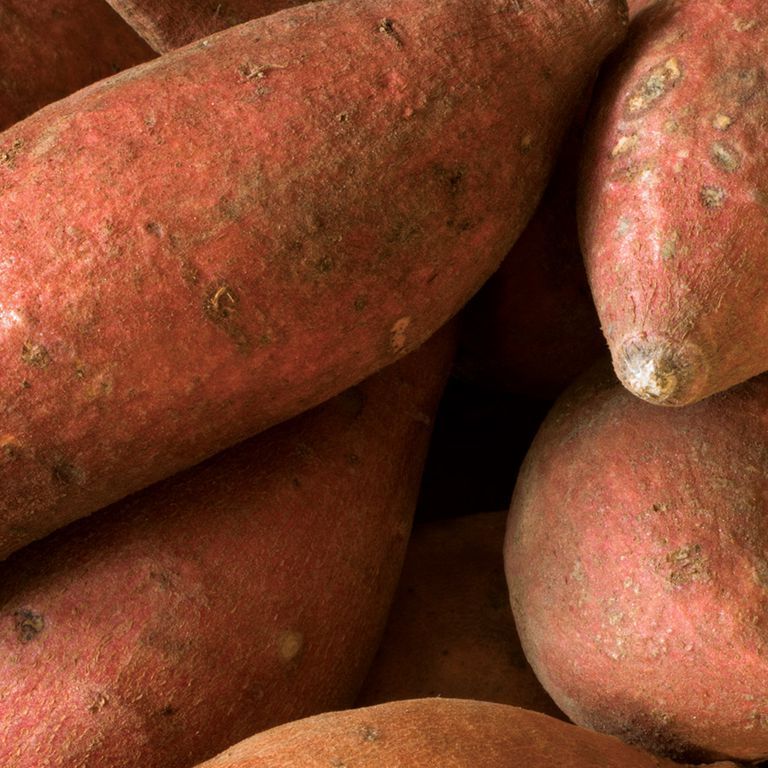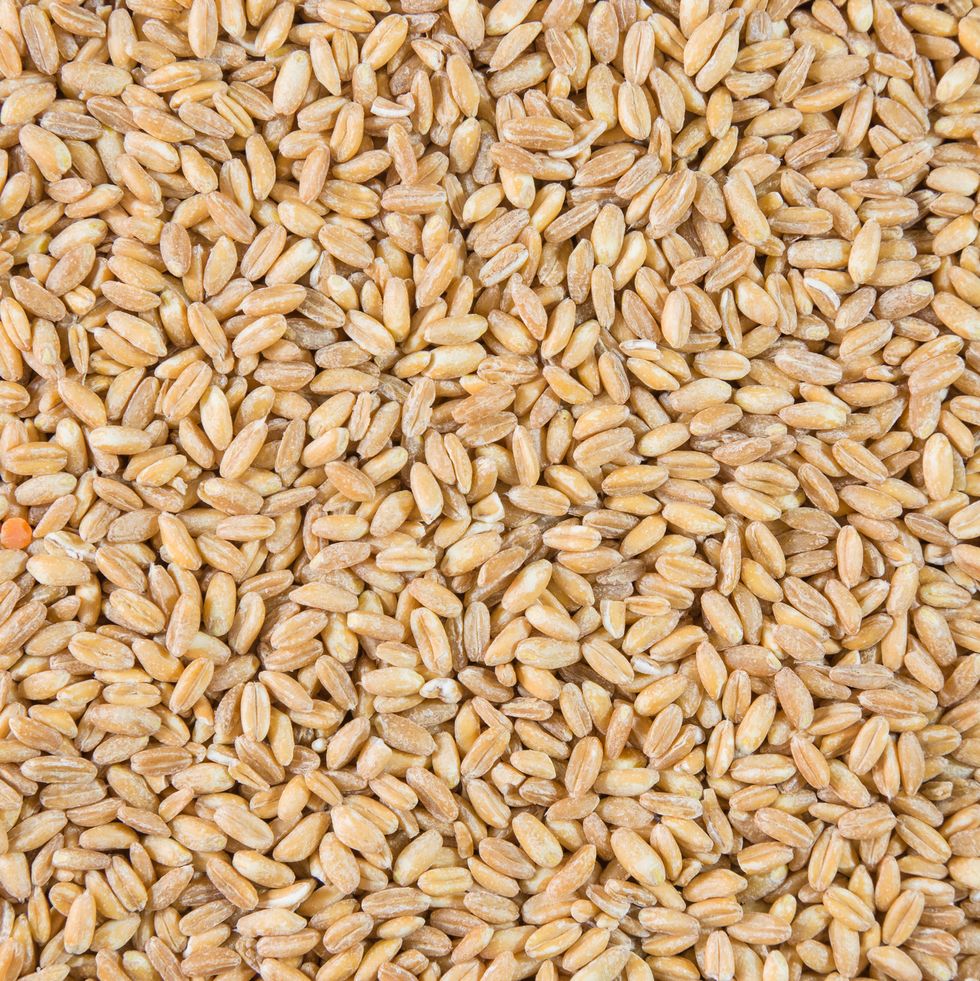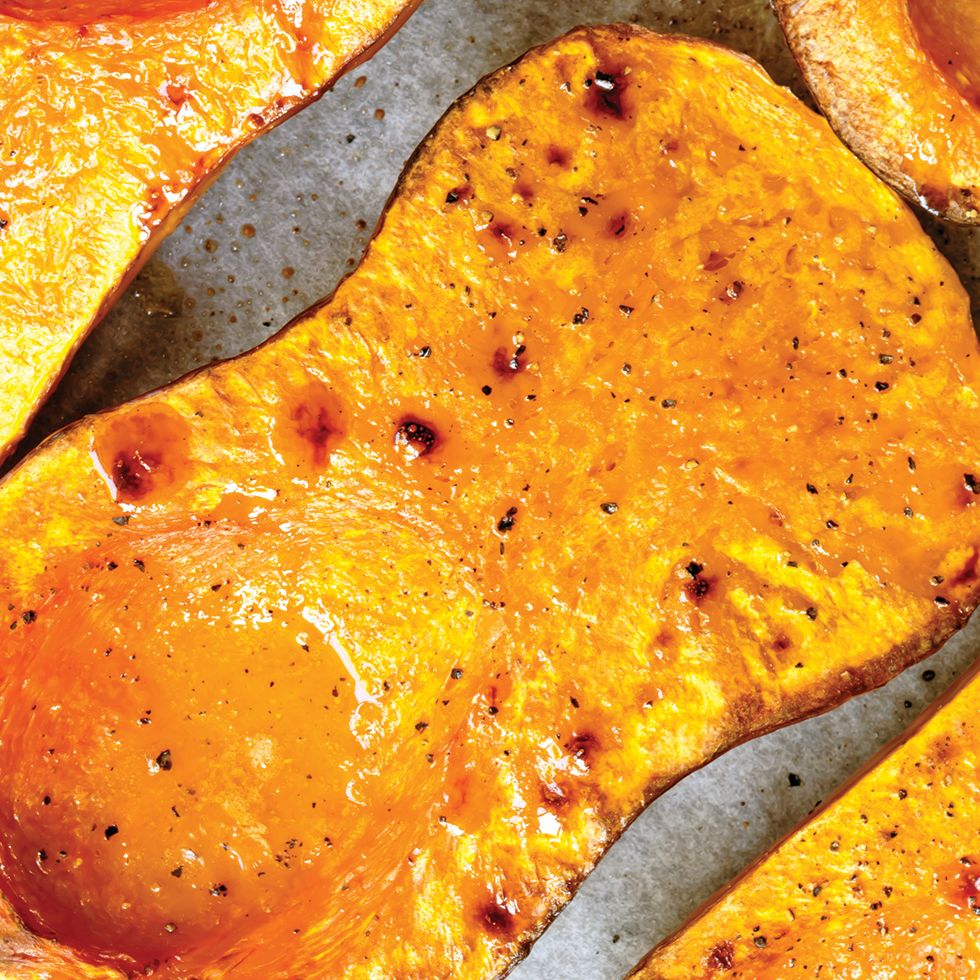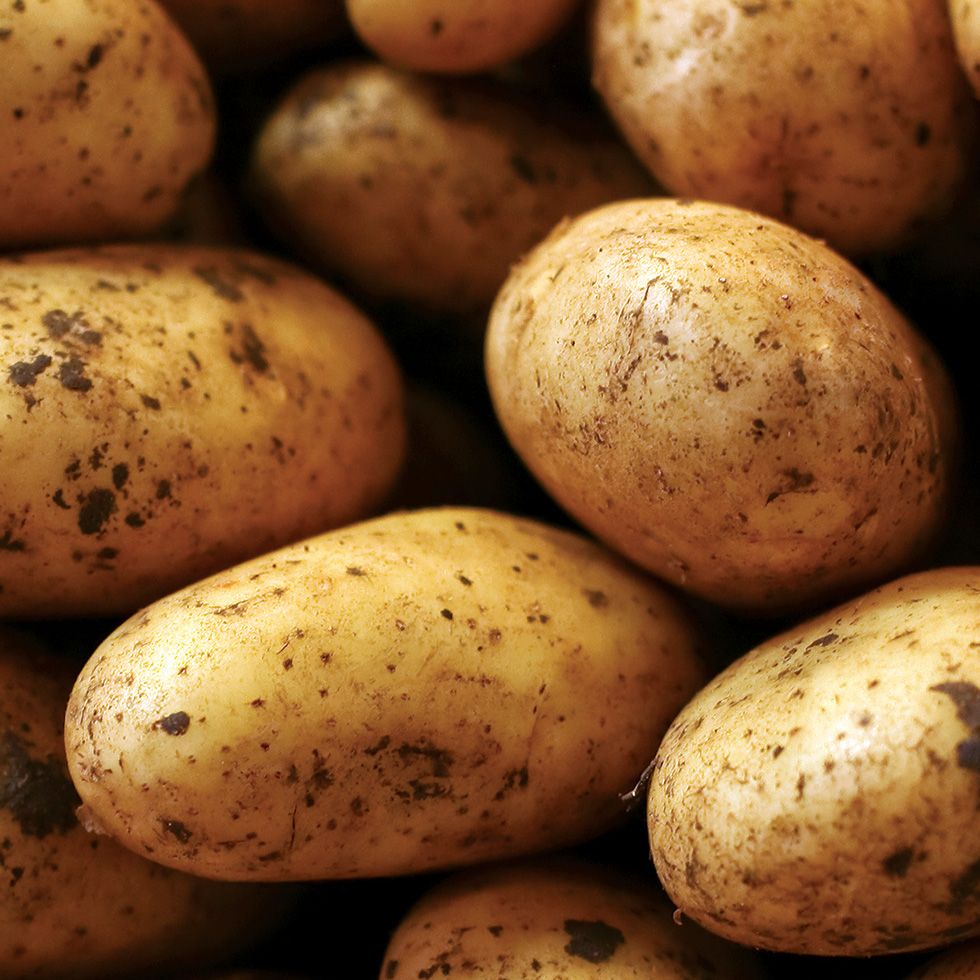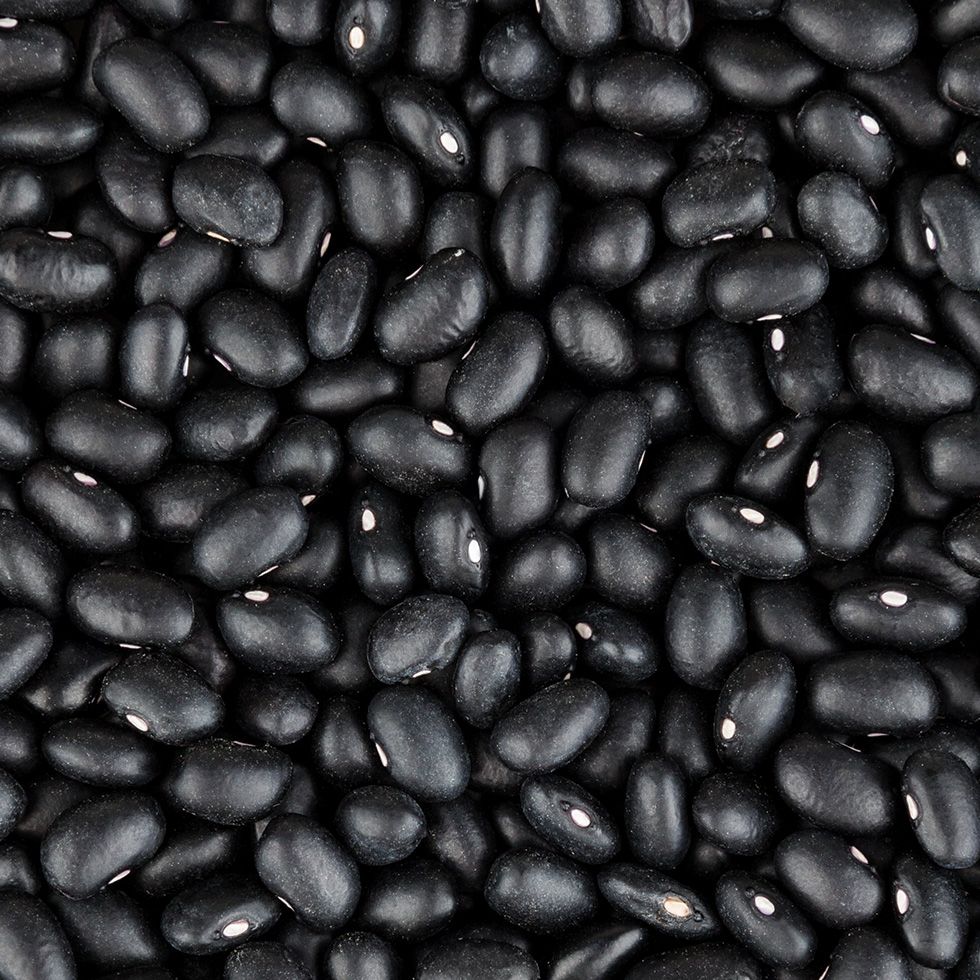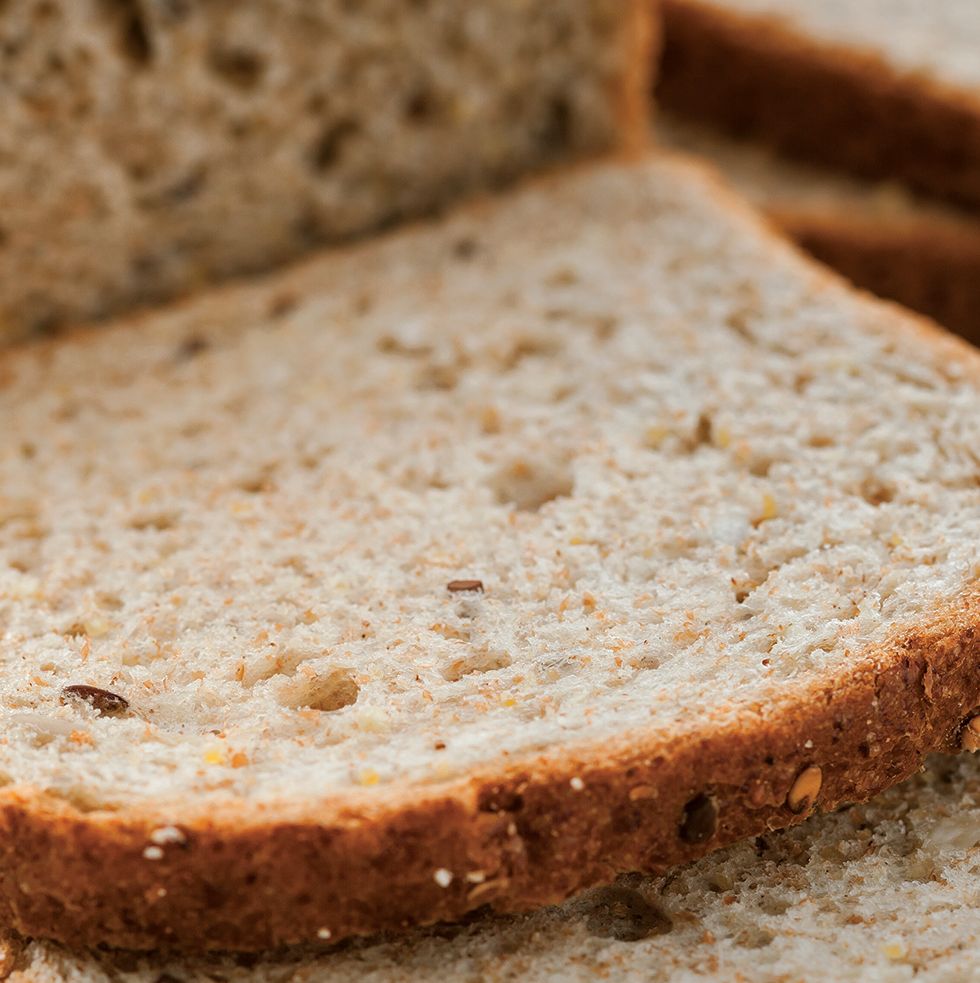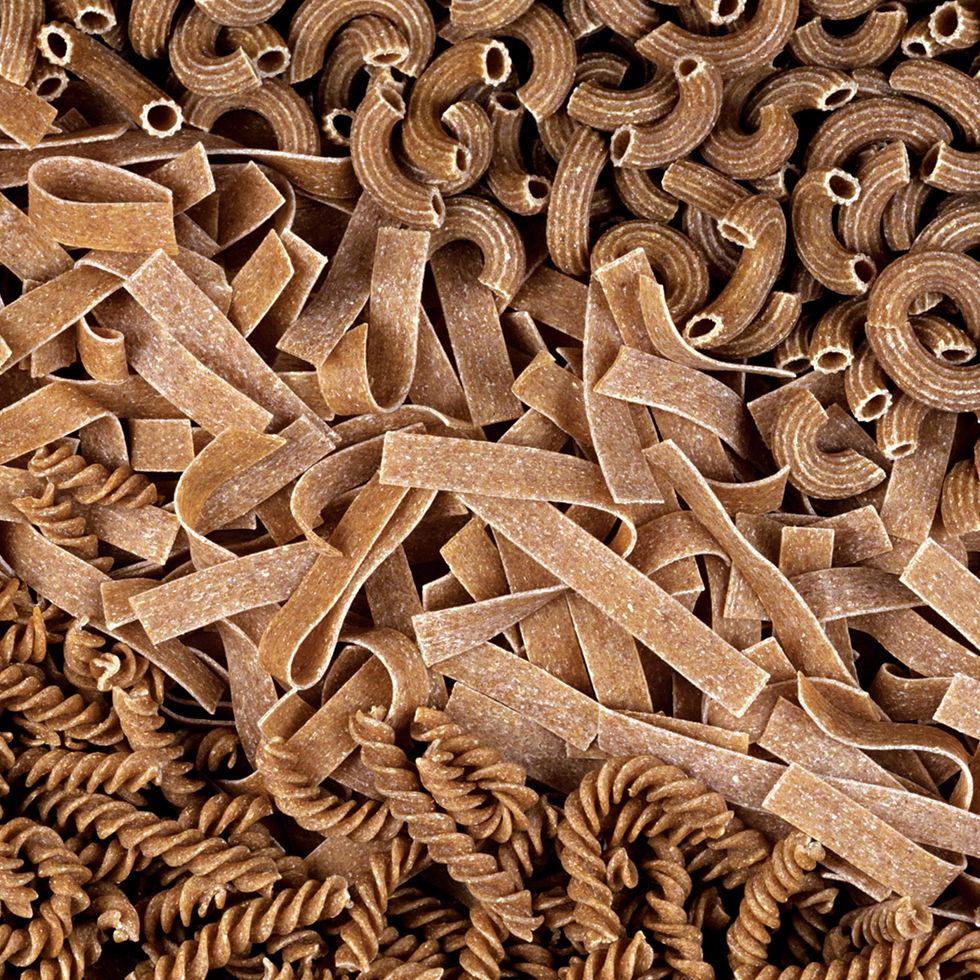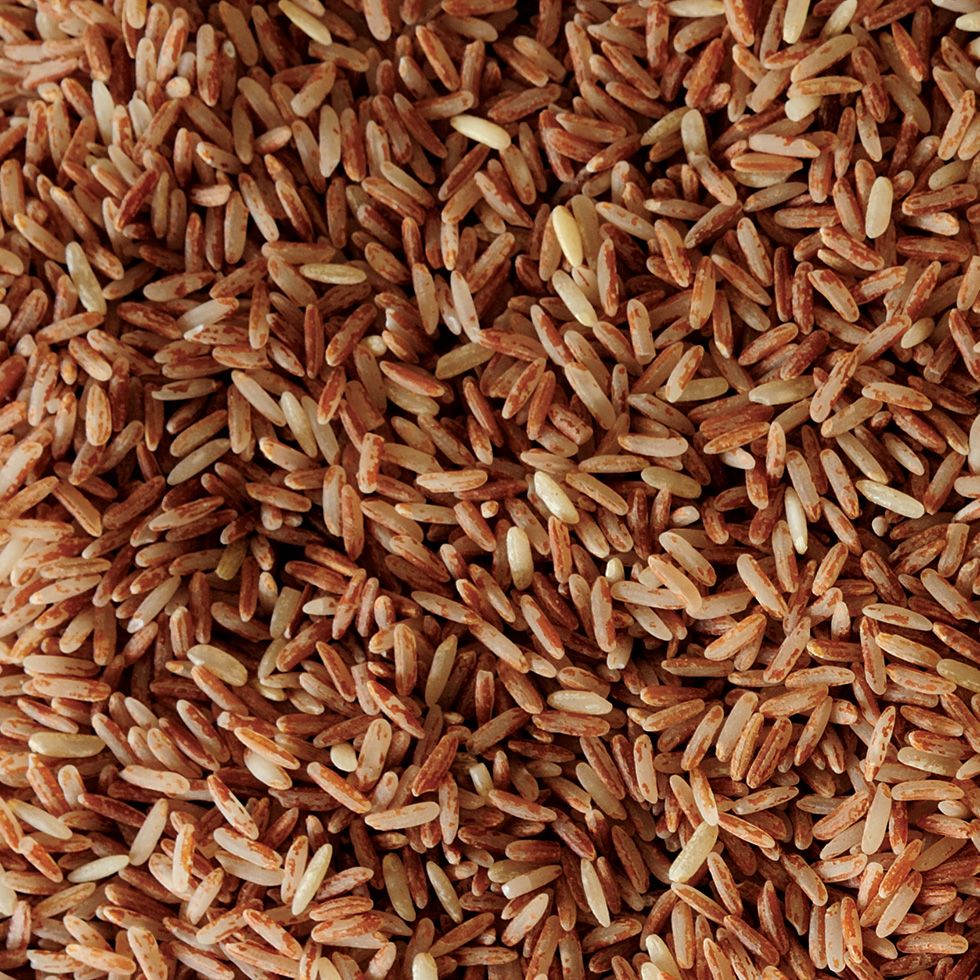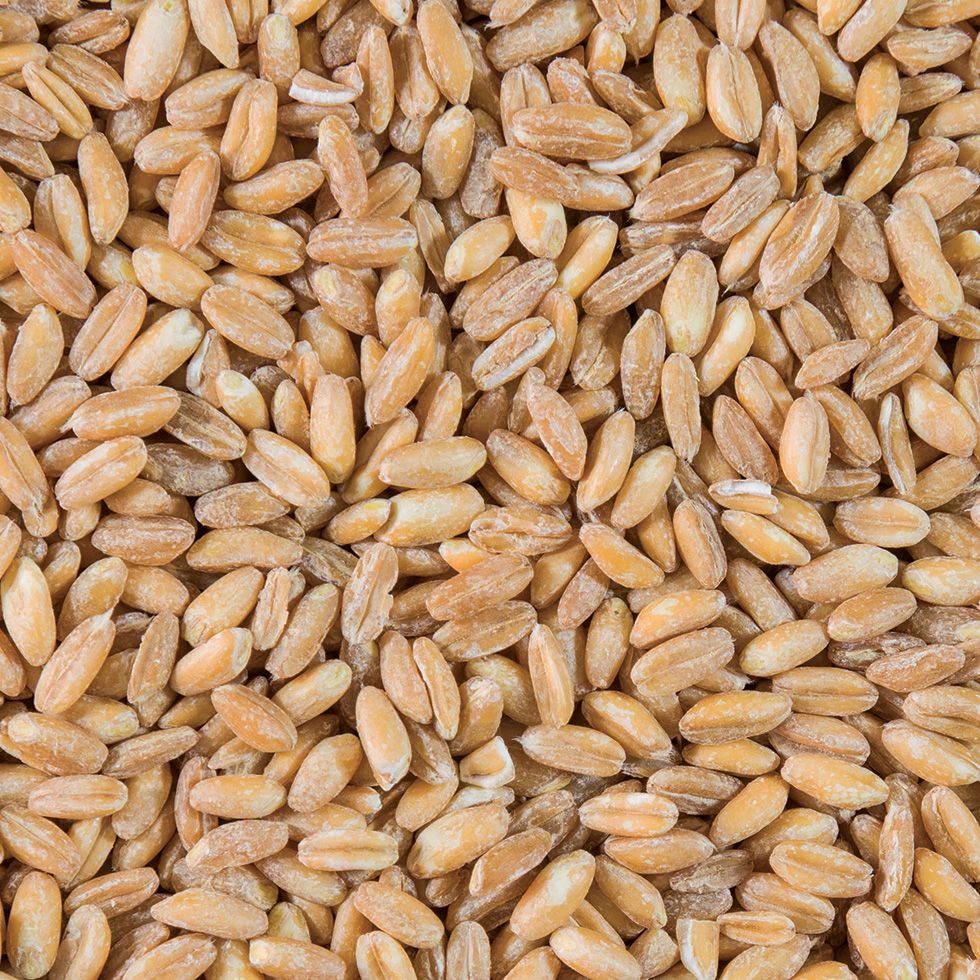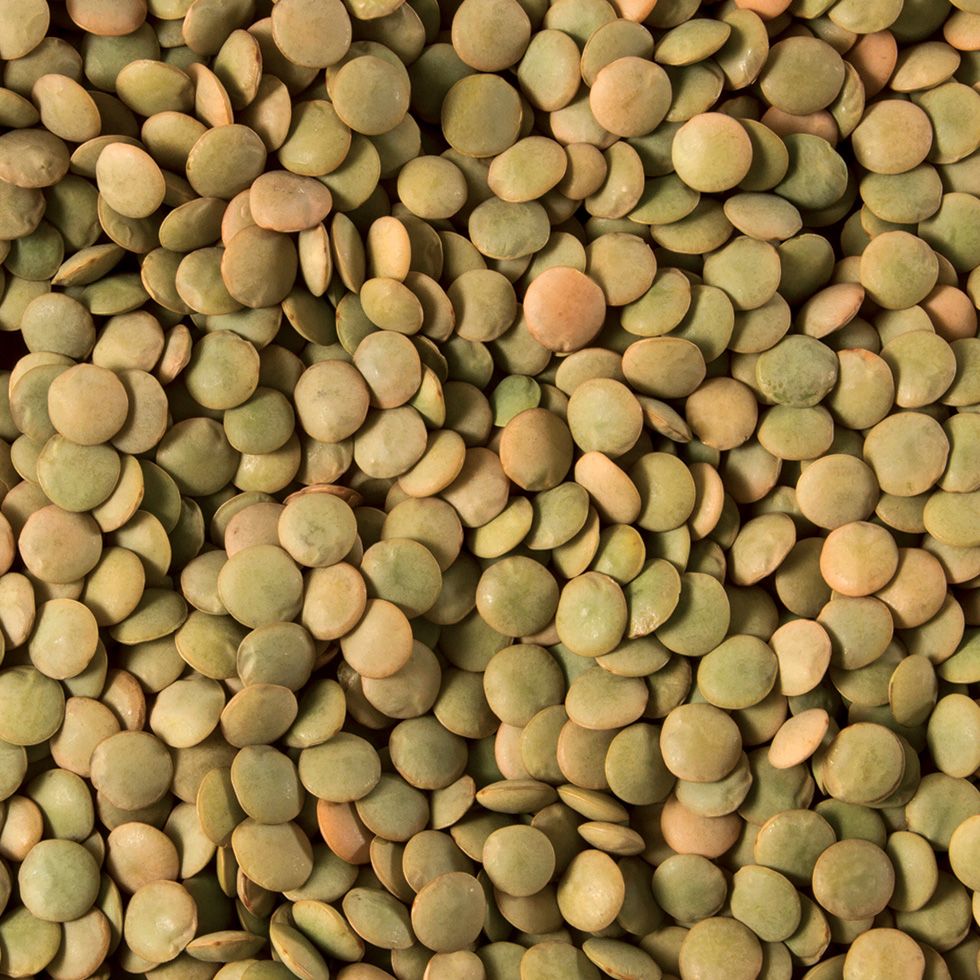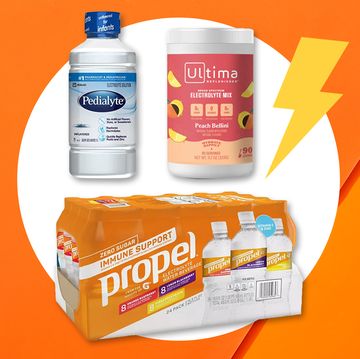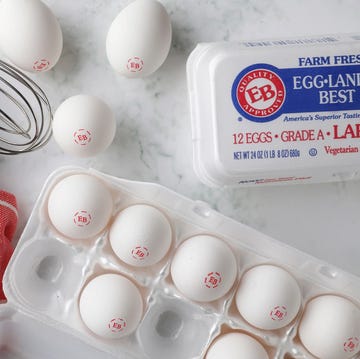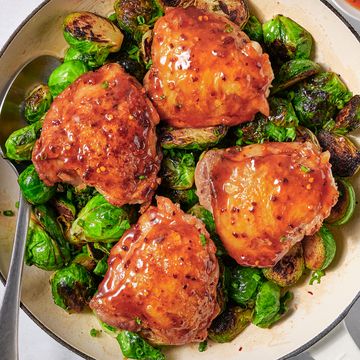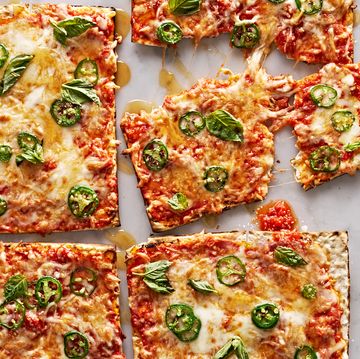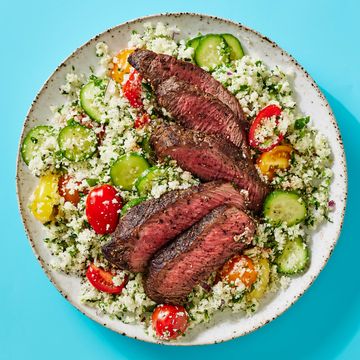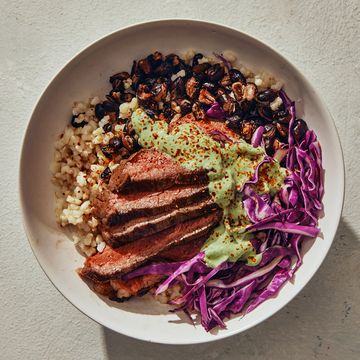19 Complex Carbohydrates You Should Definitely Incorporate Into Your Diet
Get to know the difference between simple vs. complex carbs.
If you're thinking about nixing carbs for health reasons, stop right there—you might miss out on some serious benefits. Not all carbs are created equal, and there are two main categories: simple and complex. Complex carbohydrates are commonly found in whole grains, fruits, vegetables, and legumes and they pack a more nutritious punch compared to simple carbs from sugary items like soda, baked goods, and some fruit juices and cereal.
Made up of long, complex chains of sugar molecules, complex carbs are considered "good carbs" because they take longer to digest, avoiding the blood sugar spike you'd probably get with simple carbs, says Ha Nguyen, RDN, the founder of Yummy Body Nutrition. Plus, they provide vitamins, minerals, and fiber that are important to your health, according to the National Library of Medicine.
While simple carbs (think: processed or refined sugars) like juice, ice cream, candy, and white bread are delish in moderation, the majority of your carb intake should consist of complex carbs like whole grains, legumes, and starchy veggies. To make it super easy to add more to your plate, keep this complex carbs list on hand for your next trip to the grocery store.
Meet the expert: Ha Nguyen, RDN, is the founder of Yummy Body Nutrition. She has been featured as a nutrition expert in various national media outlets, including Prevention and Fox.
Samantha (she/her) is an Assistant Editor in the Good Housekeeping Test Kitchen, where she writes about tasty recipes, must-try food products and top-tested secrets for home cooking success. She has taste-tasted hundreds of products and recipes since joining GH in 2020 (tough job!). A graduate of Fordham University, she considers the kitchen to be her happiest place.
Jackie Lam is the senior health editor at Women’s Health where she oversees health and weight loss content for the website and the Mind section of the print magazine. Originally from Hong Kong, she’s a journalist with more than 10 years of experience and a proud graduate of Cornell University and the Medill School of Journalism at Northwestern University. When she’s not at her laptop, she can be found experimenting with Japanese recipes in her kitchen with her husband as her main taste tester, discovering the latest in K-Pop, and dreaming up her next trips to Japan.
Watch Next


The Best Way To Wash Your Strawberries
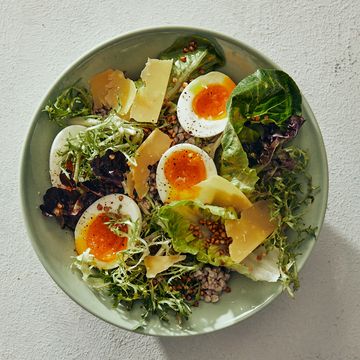
30 Stunning Salad Recipes
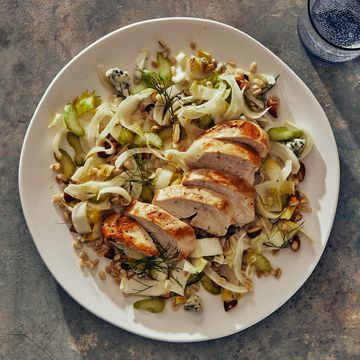
Endive Salad With Chicken and Blue Cheese
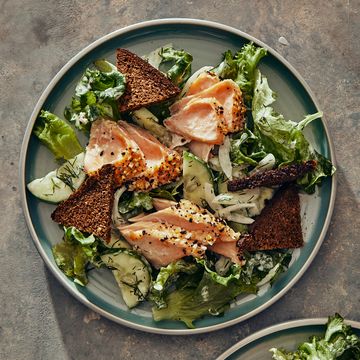
Salmon Smørrebrød Salad Recipe
